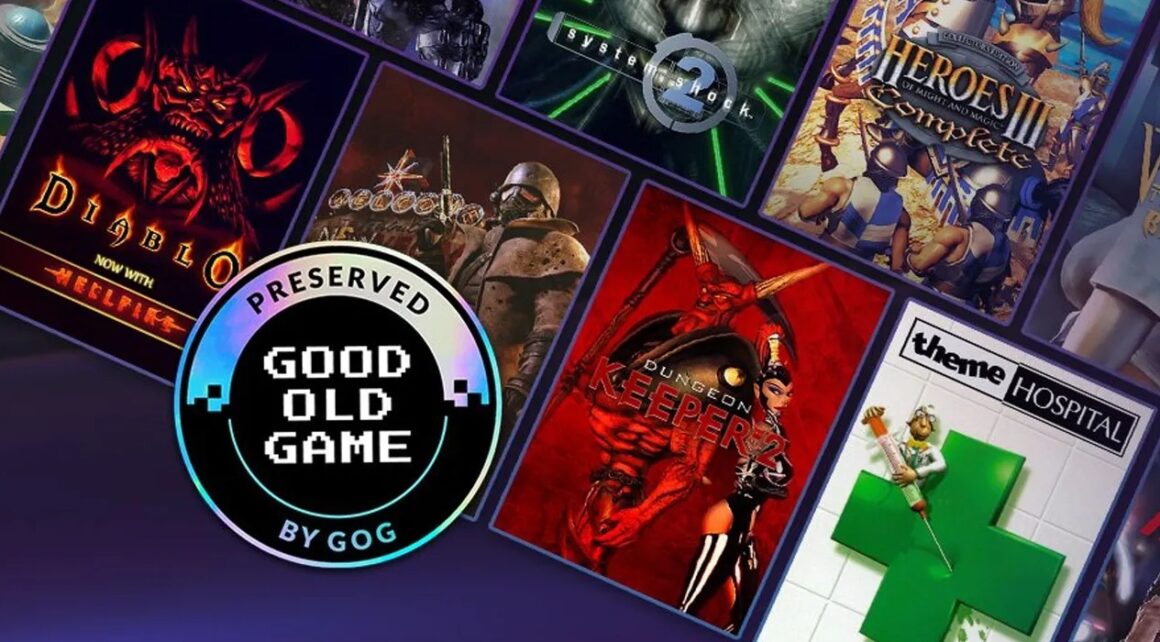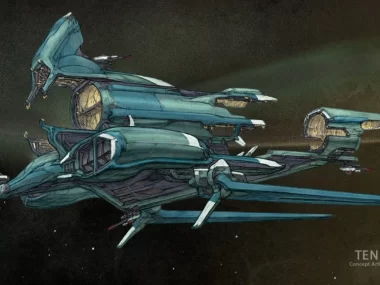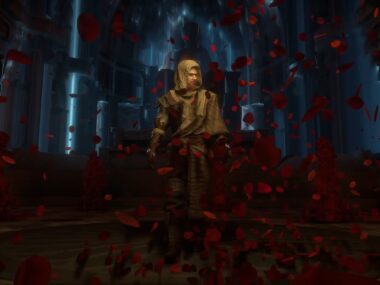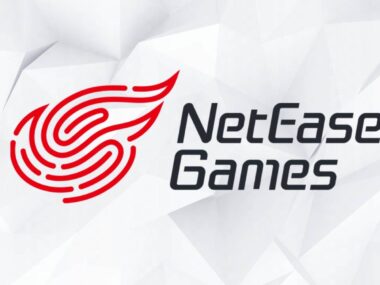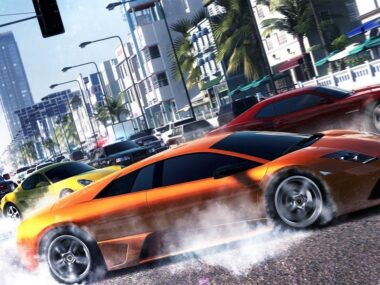What is the point of game preservation?
I enjoyed reading Marcin Paczynski speak about GOG’s efforts. I often question: If we buy a game today, what guarantees it still runs a decade from now? That is the heart of the preservation challenge.
Paczynski has laid out how GOG, originally “Good Old Games”, began to counter disappearing titles, broken DRM, and vanishing compatibility. Their goal: treat games as cultural artifacts, not disposable props.
The mission is far harder than it sounds. Creating a “lifetime guarantee” for games means constantly wrestling with operating system updates, hardware shifts, driver changes, lost source code, rights entanglements, and decades of technical debt.
Why GOG (and not just any storefront) is interesting
I’ve grown to prefer buying on GOG for a reason beyond nostalgia. It doesn’t have all of Steam’s features, no massive social network, no forced connectivity, but it has something more essential: a commitment to making games actually work.
I’ll tell you a story. A friend of mine loves older Bethesda titles, but he plays without mods so that save files remain pure and preserved. He tried his Steam copy of Fallout: New Vegas, but the game crashed irrecoverably. No progress. Then I suggested he pick up the GOG version (it happened to be on sale). The GOG edition wasn’t perfect, there were known crashes, but he could restart and continue. In practice, it delivered a better baseline experience than the Steam copy.
This anecdote illustrates something deeper: retailers and platforms are not just storefronts. They’re gatekeepers of playability. If a copy of a game fails on your modern rig, it might as well be lost.
That said, I recognize the counterargument: is it fair to expect retailers to guarantee everything works forever? Probably not in full. Developers bear primary responsibility. But… platforms can help. At minimum, they could flag titles that haven’t been updated in years and warn of compatibility risks. Transparency is low-hanging fruit. A warning label would nudge both developers and cautious buyers to prioritize maintainability.
The awkward reality of old games meeting new systems
Compatibility degrades in many subtle ways, not just crashing at startup. According to GOG’s technical team:
- Old games often weren’t coded to anticipate modern multi-core CPUs, so threading misbehavior or core affinity problems emerge.
- They may lack memory safeguards; when a game attempts access outside its original bounds, it collides with modern OS allocations.
- Resolutions, controllers, windowing (minimizing, alt-tabbing), ultra-wide screens. These were either non-existent or rare in older games.
GOG’s approach is to maintain a “wrapper” (a software layer) that translates outdated APIs (or behaviors) into ones the modern system understands. By patching that wrapper, they can fix many broad compatibility issues without touching each game individually.
Still, about 60–70% of titles they test require tweaks before joining the Preservation Program. And fixes themselves may introduce regressions, especially when dealing with source-unavailable builds or legacy middleware.
In interviews, Paczynski has admitted that this project is harder than expected. Games degrade faster than anticipated, and new compatibility quirks surface continuously.
Where responsibility lies (and how things could be better)
The preservation burden is shared. Here’s how I see the responsibilities:
- Developers / publishers should archive source code, build tools, and dependencies; support backward compatibility or provide patches when feasible; and release DRM-free or gracefully deprecated builds.
- Retailers / platforms must signal risk, support infrastructure (e.g. wrappers, compatibility layers), curate “preserved” versions, and maintain those versions even when the publisher steps back.
- Consumers should demand more than “download works today.” Buying from platforms with active upkeep is part of what gives them leverage.
One concrete improvement: require platforms to display a “compatibility freshness” rating. Games last updated within the past two years score high; older ones come with caveats. That simple transparency could spur competition and elevate developer accountability.
Refund policies also matter. Many people stockpile games during sales and play later. Steam enforces refund rules like “play under 2 hours, within 14 days.” That doesn’t help when compatibility issues emerge months later. We should push for more accommodating refund windows in cases of broken launches or obsolescence.
Bigger picture: culture, commerce, and memory
Game preservation is not just a technical challenge; it’s a statement about how we treat interactive culture. Books, films, music all have archival infrastructures (libraries, archives, reissues). Games are younger and more fragile: they require layers of hardware and software, not mere media replication.
By building preservation into commercial models (as GOG attempts), the industry acknowledges that games are more than disposable products. They carry historical, aesthetic, and emotional weight. Preservation becomes both a mission and differentiator.
There is tension. Some publishers don’t want to let go of control, or they fear that revived classic versions compete with remasters or remake sales. GOG itself had to delist Warcraft I & II after launching the Preservation Program because Blizzard/Activision required it, even though existing owners retained access.
Still, partnerships and archival coalitions help. In January 2025, GOG joined Europe’s federation of game archives (EFGAMP) to share resources and legitimacy.
If you buy a game today, assume it might break tomorrow, unless someone commits to preserving it. That mental shift changes your behavior: you’ll favor platforms with declared maintenance, read patch logs, and question titles that haven’t been touched in years.
Games are fragile, but not hopeless. GOG’s preservation efforts offer a working model. It’s imperfect, resource-intensive, and slower than ideal. It demonstrates that maintaining compatibility over time is possible, and necessary.
The next time you hit “buy,” think not just of fun now but of playability later. Ask yourself: will this game survive the next ten years? If the platform or publisher isn’t making a credible promise, you’re buying an artifact, not an investment.
